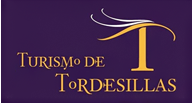Museum of the Treaty of Tordesillas
Contacto
- Casas del Tratado, s/n
- turismo@tordesillas.net
- http://www.tordesillas.net
- 983 77 10 67
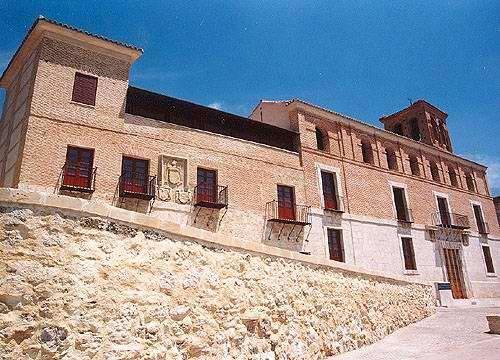

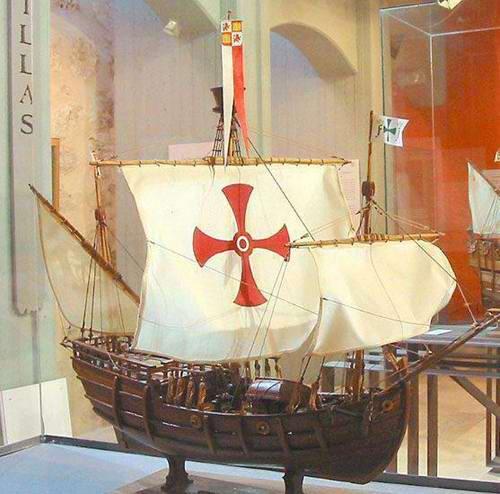
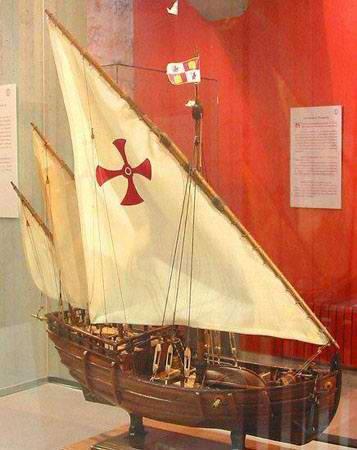
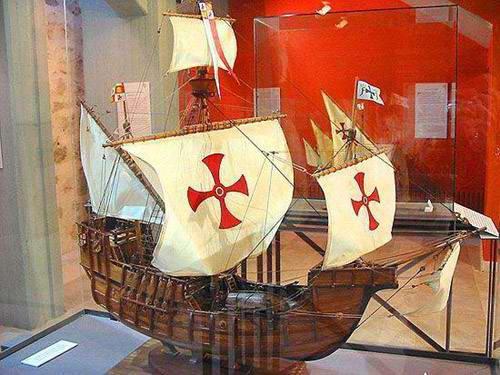
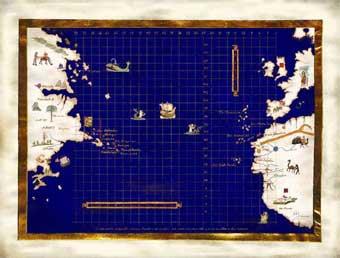
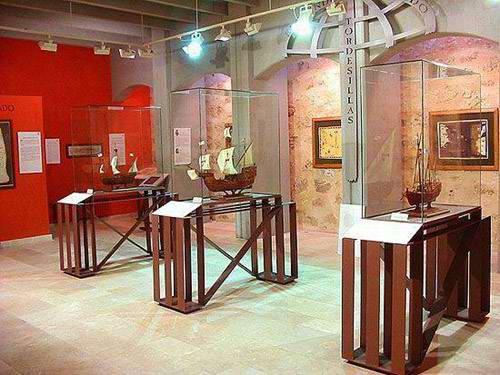
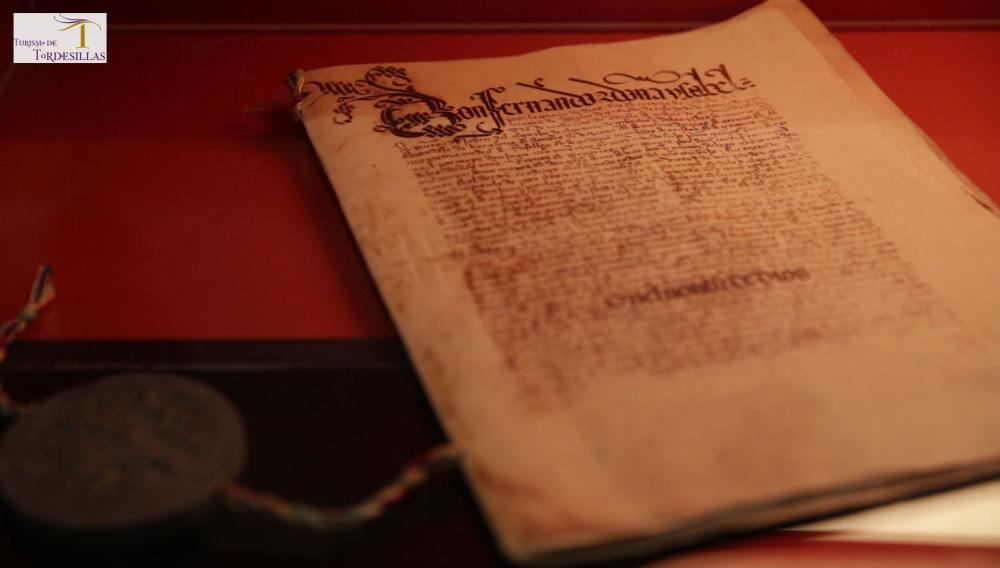
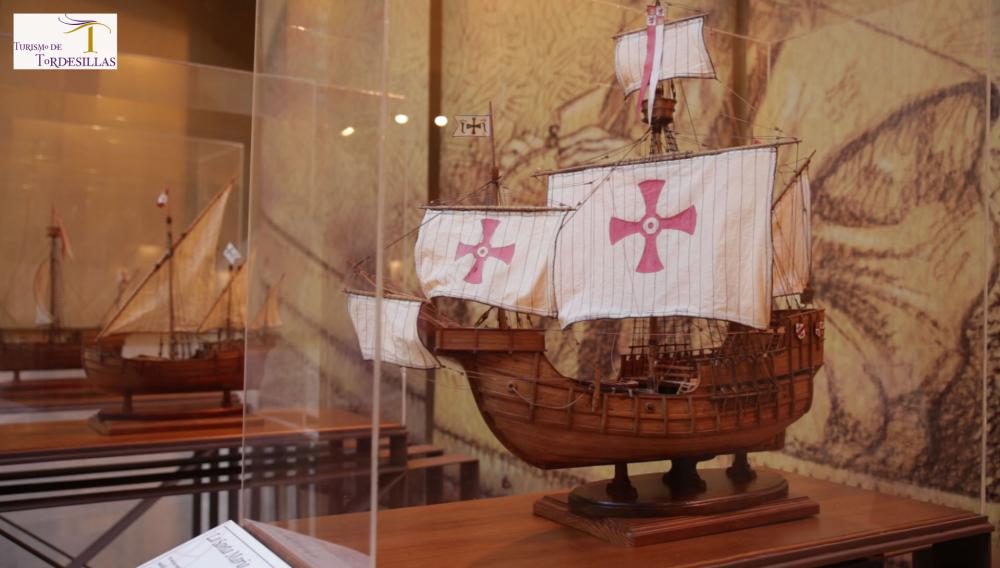
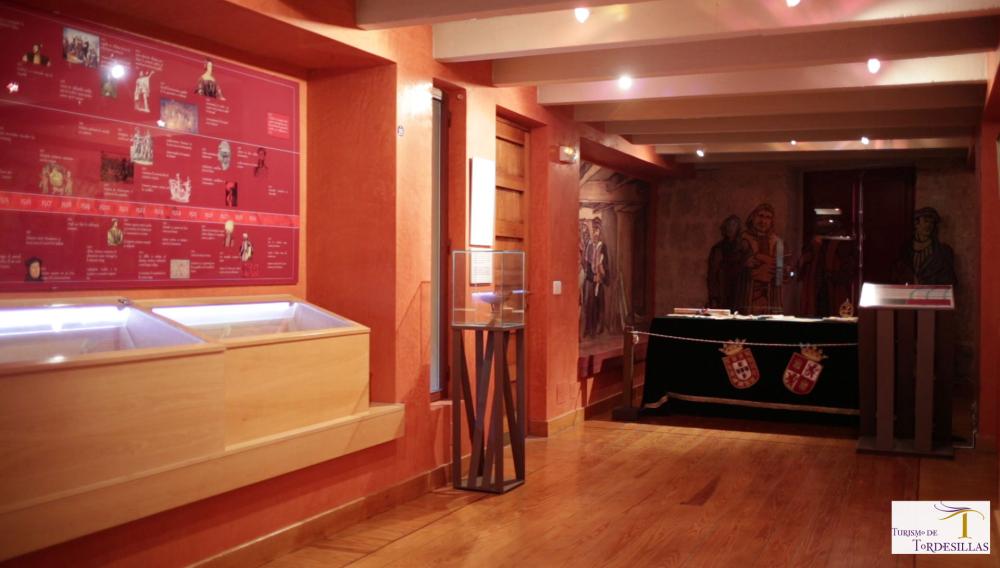
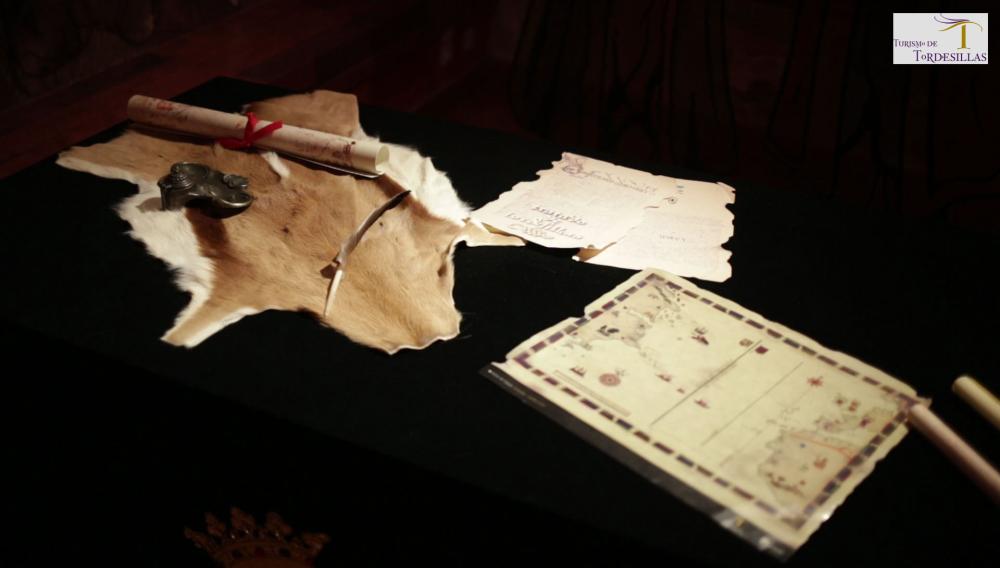
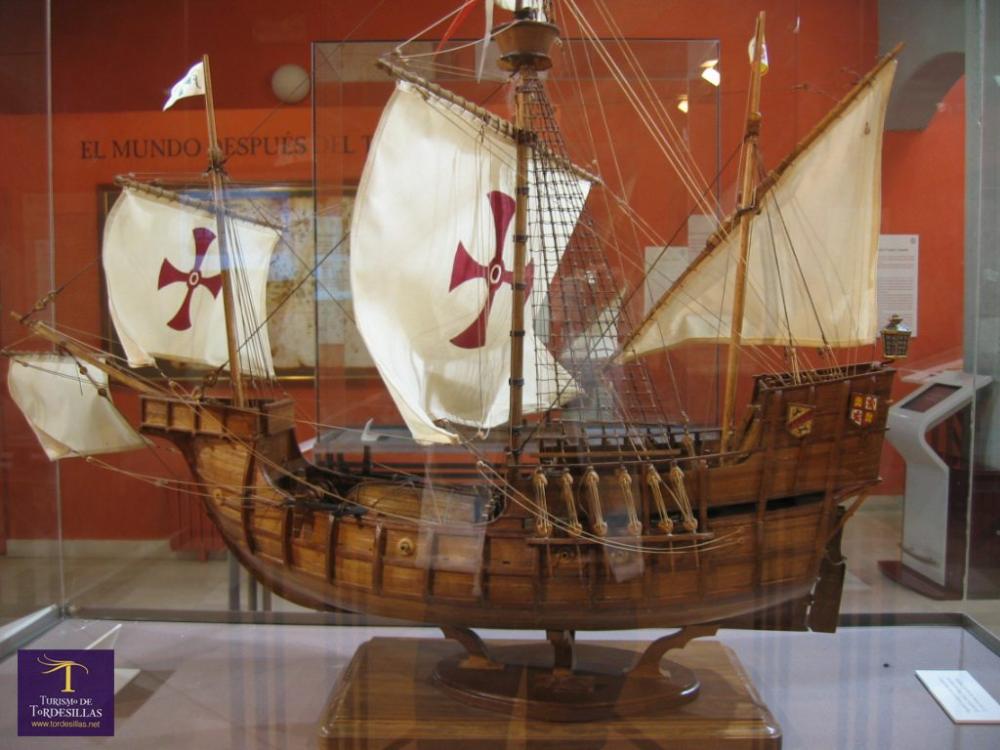
Horario y Precios
Horario
Visiting hours:
Winter timetable (from October to June):
Tuesday to Saturday: 10.00 a.m. to 1.30 p.m. and 4:00 p.m. to 6:30 p.m.
Sundays and holidays: 10:00 a.m. to 2:00 p.m.
Closed Monday.
Summer timetable (from June to October): Starts on Tuesday, June 4, 2024
Tuesday to Saturday: 10.00 a.m. to 1.30 p.m. and 5:00 p.m. to 7:30 p.m.
Sundays and holidays: 10:00 a.m. to 2:00 p.m.
Closed Monday.
Closing days 2025: 1 and 6 January, 22 May, 14 and 16 September, 24, 25 and 31 December.
EASTER 2025 (April 12 to 20): Tuesday to Saturday from 10 a.m. to 1:30 p.m. and from 4 p.m. to 6:30 p.m. Sundays from 10 a.m. to 2 p.m. CLOSED: Sunday afternoons and Mondays.
Precios
Tariff:
Free pass.
Description
The museum is situated at the Treaty House, one of the noblest buildings existing in Tordesillas during the XV Century. The representatives of both crowns (Castile and Portugal), chose the oldest building to undergoing negotiations and settling relevant international matters that were related to the geographical discoveries in that age, which led to the signature of the Treaty on June 7, 1494.
By means of two chambers included, the museum tries to reveal those historical, geographical, political and social aspects proper of that moment of time. The pieces chosen for the exhibit will help visitants of the Museum to understad the historical relevance of the Tordesillas Treaty.
The visit has been arranged in three different parts. At the beginning, visitants go for an imaginary walk through primitive cartographic knowledge "The world before the Treaty". Then, it can be contemplated Cristobal Colón idea of the world that led him to try to arrive in the Orient through the western world.
After that, visitants can gaze at the idea Cristóbal Colón had about the world, what led him to try to arrive in the Orient through the Western World. That new approach made diplomatic problems between Castile and Portugal were on the negotiation table. Those agreements and its development are reflected on maps about "The Treaty's World". The knowledge about that period is completed with the naves' copy that Colón commanded while he travelled to discover the new world as well as several books, navigation's instruments and a copy of Tordesillas Treaty. The second room "The World after Tordesillas Treaty" shows the exchanges that took place between both worlds once it became aware that the new territories were totally unknown. In fact, it was a world to be discovered.
The museum has multimedia systems such as audio-visual and interactive information points which have been translated into different languages so that visitors have a better understanding of the contents of the museum and access information in a quick and easy way.
By means of two chambers included, the museum tries to reveal those historical, geographical, political and social aspects proper of that moment of time. The pieces chosen for the exhibit will help visitants of the Museum to understad the historical relevance of the Tordesillas Treaty.
The visit has been arranged in three different parts. At the beginning, visitants go for an imaginary walk through primitive cartographic knowledge "The world before the Treaty". Then, it can be contemplated Cristobal Colón idea of the world that led him to try to arrive in the Orient through the western world.
After that, visitants can gaze at the idea Cristóbal Colón had about the world, what led him to try to arrive in the Orient through the Western World. That new approach made diplomatic problems between Castile and Portugal were on the negotiation table. Those agreements and its development are reflected on maps about "The Treaty's World". The knowledge about that period is completed with the naves' copy that Colón commanded while he travelled to discover the new world as well as several books, navigation's instruments and a copy of Tordesillas Treaty. The second room "The World after Tordesillas Treaty" shows the exchanges that took place between both worlds once it became aware that the new territories were totally unknown. In fact, it was a world to be discovered.
The museum has multimedia systems such as audio-visual and interactive information points which have been translated into different languages so that visitors have a better understanding of the contents of the museum and access information in a quick and easy way.
